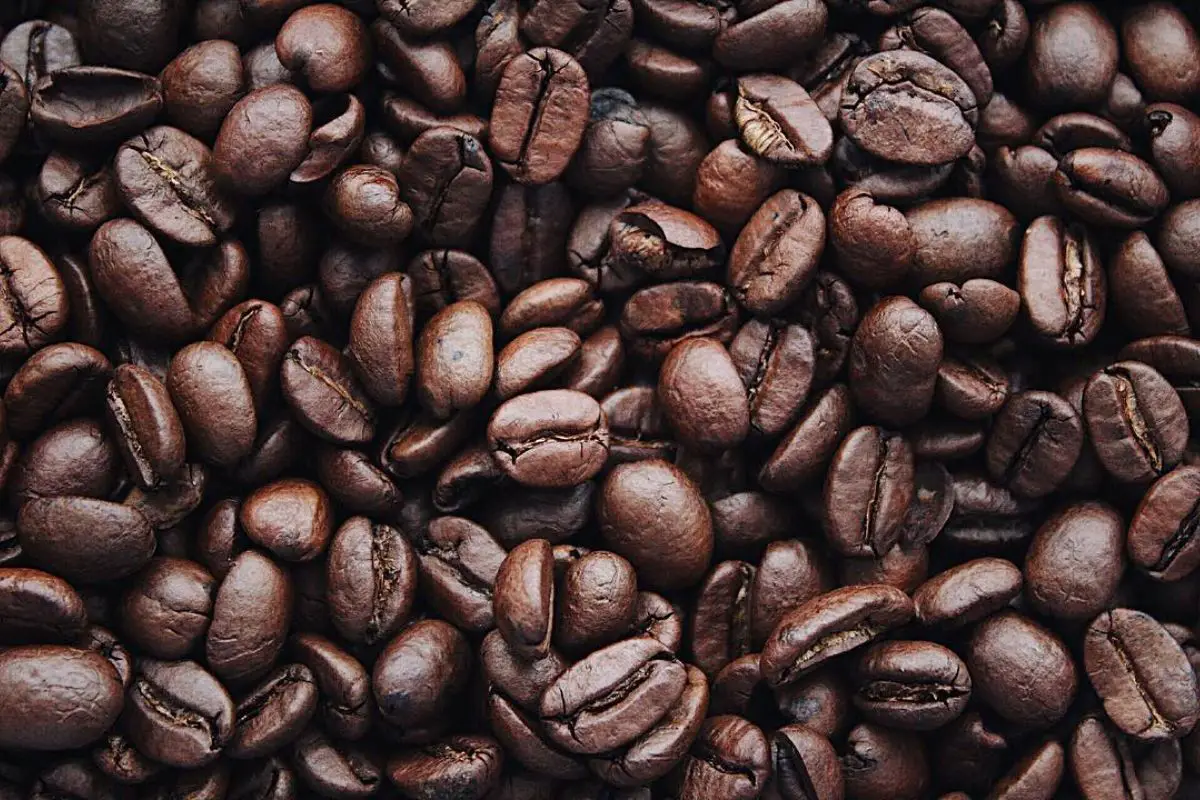When it comes to enjoying a delicious cup of coffee, the freshness of the beans is crucial. However, freshly roasted coffee beans require a certain period of time to degas before they reach their peak flavor. In this article, we will explore the concept of degassing and provide insights into how long coffee beans need to degas for optimal flavor extraction.

Understanding Degassing
Degassing is a natural process that occurs after coffee beans are roasted. During the roasting process, carbon dioxide (CO2) is formed and trapped within the beans. This CO2 needs to escape before the beans can be brewed to achieve the best flavor profile.
The Degassing Period
The degassing period can vary depending on various factors, including the roast level, bean origin, and specific coffee varietal. As a general guideline, coffee beans typically require a degassing period of 24 to 48 hours after roasting. During this time, the CO2 gradually escapes from the beans, allowing them to settle and develop their unique flavors.
However, it’s important to note that the degassing process is not linear. Initially, the rate of degassing is higher, and the coffee beans release a significant amount of CO2. This is often referred to as the “bloom” stage, characterized by the rapid expansion of coffee grounds when hot water is added during brewing. As the degassing progresses, the rate slows down, and eventually, the beans reach a point of equilibrium where the degassing process is complete.
Optimal Flavor Extraction
While coffee beans can be brewed shortly after roasting, it is generally recommended to wait until the degassing process is complete to achieve the best flavor extraction. This is because excessive CO2 trapped within the beans can negatively impact the brewing process, resulting in uneven extraction and potentially affecting the taste of the final cup.
For most coffee enthusiasts, the optimal time to brew coffee is within 4 to 14 days after the roast date. During this period, the CO2 levels have significantly reduced, allowing for a more balanced and flavorful extraction. However, it’s worth noting that individual preferences may vary, and some individuals may enjoy the flavors of coffee beans at different stages of degassing.
Factors Influencing Degassing
Several factors can influence the degassing process of coffee beans. These factors include:
1. Roast Level
Lighter roasts tend to degas more quickly compared to darker roasts. The longer and darker the roast, the more CO2 is produced, resulting in a more extended degassing period.
2. Bean Origin and Varietal
Different coffee origins and varieties have varying degassing characteristics. Factors such as altitude, bean density, and moisture content can impact the degassing process.
3. Packaging
The packaging used for storing coffee beans can affect the degassing process. Specialty coffee is often packaged in bags with one-way valves, allowing CO2 to escape while preventing oxygen from entering, which can lead to staleness.
Conclusion
In summary, coffee beans require a degassing period of 24 to 48 hours after roasting for optimal flavor extraction. During this time, the trapped carbon dioxide gradually escapes, allowing the beans to settle and develop their unique flavors.
However, the ideal time to brew coffee is generally between 4 to 14 days after the roast date when the degassing process has reached a point of equilibrium. By understanding the degassing process and considering individual preferences, coffee enthusiasts can enjoy the freshest and most flavorful cups of coffee.
Also read: How Long To Degas Coffee Beans?